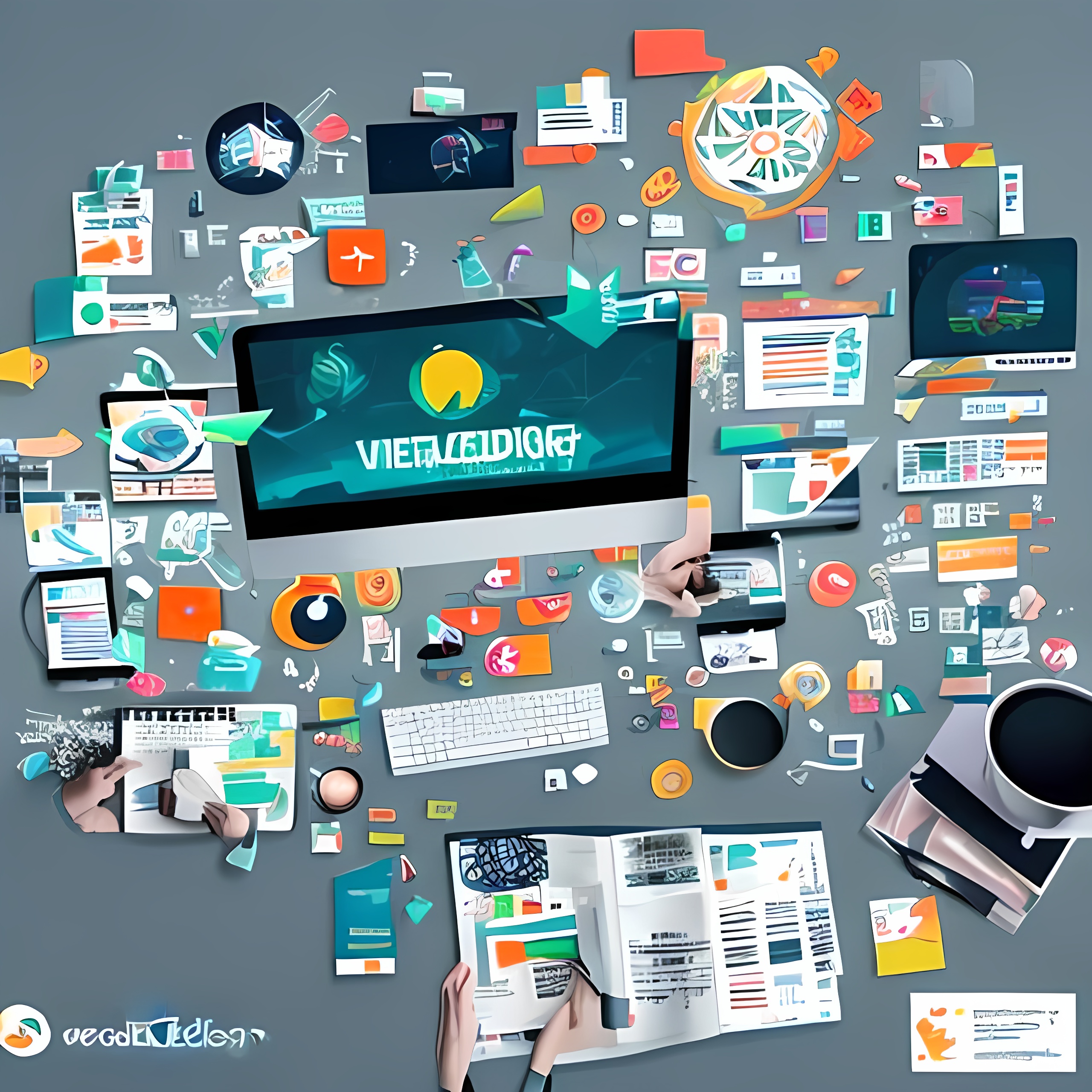Digital Design
digital.design refers to designing and creating products, projects or solutions using digital tools and techniques. It is a broad field and can have a variety of meanings in different contexts. Here are some aspects and applications of digital.design:
-
Graphic design: this application is about creating visual content using digital tools such as Adobe Photoshop, Illustrator or InDesign. This can include designing websites, ads, logos, or other visual media.
-
Web design: the planning, designing, and building of websites and web applications using tools and languages such as HTML, CSS, and JavaScript.
-
User Interface (UI) and User Experience (UX) Design: This is the design of digital interfaces for websites, applications, or other digital products, taking into account both aesthetics (UI) and usability (UX).
-
Interactive design: the design of digital experiences where users can influence how a product or application behaves by interacting with the design (e.g., through clicks, touches, or movements).
-
Digital animation and 3D modeling: the creation of moving images or three-dimensional models using computer programs such as Blender, Maya, or After Effects.
-
Digital circuit design: In electronics, "digital design" often refers to the design of digital circuits and systems that use binary logic.
-
Game design: The design of video games, including their game mechanics, characters, worlds, and stories, often using specialized software tools.
Overall, digital.design encompasses any design process that uses digital tools, techniques, or methods. It plays a central role in the modern world as more and more products and experiences are designed and delivered in a digital environment.

Title: Digital Design (generated with OpenArt 2023)
digital.design is also playing an increasingly important role in architecture, civil engineering, and the construction industry. The integration of digital tools and technologies into these industries has led to tremendous efficiencies, increased precision, and innovative design approaches. Here are some examples and applications of digital.design in these fields:
-
Computer-Aided Design (CAD): CAD programs enable architects and engineers to create, edit and visualize designs in a digital environment. This enables precise dimensional accuracy and quick adjustments.
-
Building Information Modeling (BIM): BIM is a digital representation of the physical and functional characteristics of a building. It enables better planning, design, construction and management of buildings and infrastructure. BIM models are interactive, three-dimensional structures that can contain information about every component of a building.
-
Virtual and Augmented Reality (VR/AR): These technologies allow stakeholders to take a virtual tour of a proposed building even before construction begins. This can help with design decisions and identify potential problems early.
-
Digital simulations: Simulations are used in architecture and civil engineering to test the effects of elements such as wind, earthquakes, or human flows on structures.
-
Project management software: Digital tools help plan, monitor and manage construction projects by updating schedules, resources and costs in real time.
-
Geographic Information Systems (GIS): these systems capture, store, manipulate and analyze geographic information, which is particularly useful in urban design and landscape architecture.
By integrating digital.design and digital technologies into architecture, civil engineering and the construction industry, complex problems can be solved better, innovative solutions can be developed faster and the entire construction process can be made more efficient and sustainable.

Title: Digital Design in AEC(generated with OpenArt 2023)